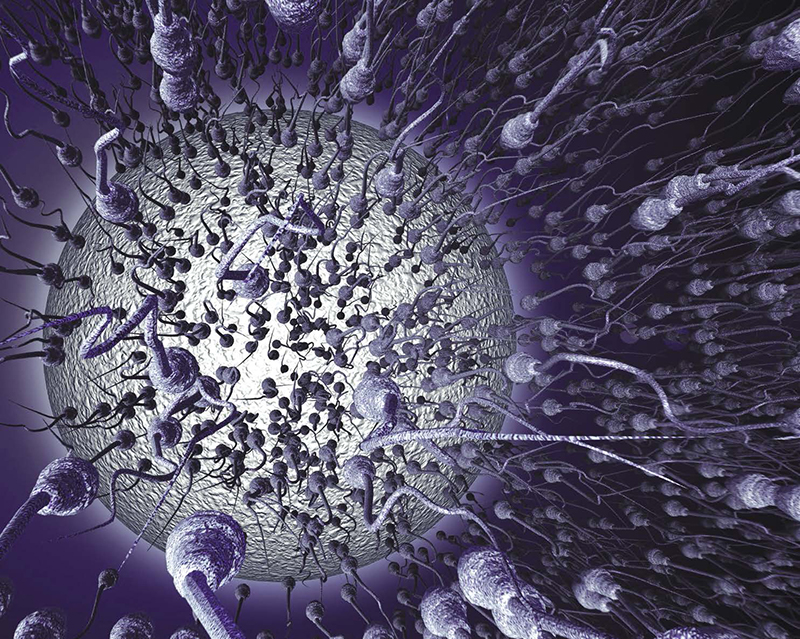How is the human body a living machine?The human body is a complicated living machine in which various systems work together as a functioning whole. All the parts of the body—including hundreds of rock-hard bones and quarts of blood—are made up of cells, about 100 trillion (100,000,000,000,000) cells in all! Twenty-two internal organs—the large body parts like the heart, lungs, liver, and kidneys—perform special jobs and work together to form the different body systems. There are eight key systems in the body. The muscular system, made up of more than 600 muscles, enables our bodies to make all of their movements. The circulatory system carries oxygen-rich blood throughout the body. The skeletal system is made of the bones that form the skeleton and give the body its shape. People breathe using the respiratory system. The body’s heat-control system is called the integumentary system, which is made up of skin, hair, nails, and sweat glands. The reproductive system creates new life. The nervous system processes information from both inside and outside the body and sends messages, via its nerves, to different parts of the body. And the digestive system helps us digest our food and nutrients and gives us energy to go through the day. There are other systems, too, that help the body sustain life, including the immune system, which fights off invading viruses and diseases, and the urinary system, which helps keep the inside of the body clean and eliminates waste. The endocrine system, made up of glands, sends hormones around the body to trigger growth and to control other activities. These body systems work together to keep all human beings alive and healthy. 
Millions of sperm cells try to fertilize a single egg, but (usually) only one sperm will complete its mission. |